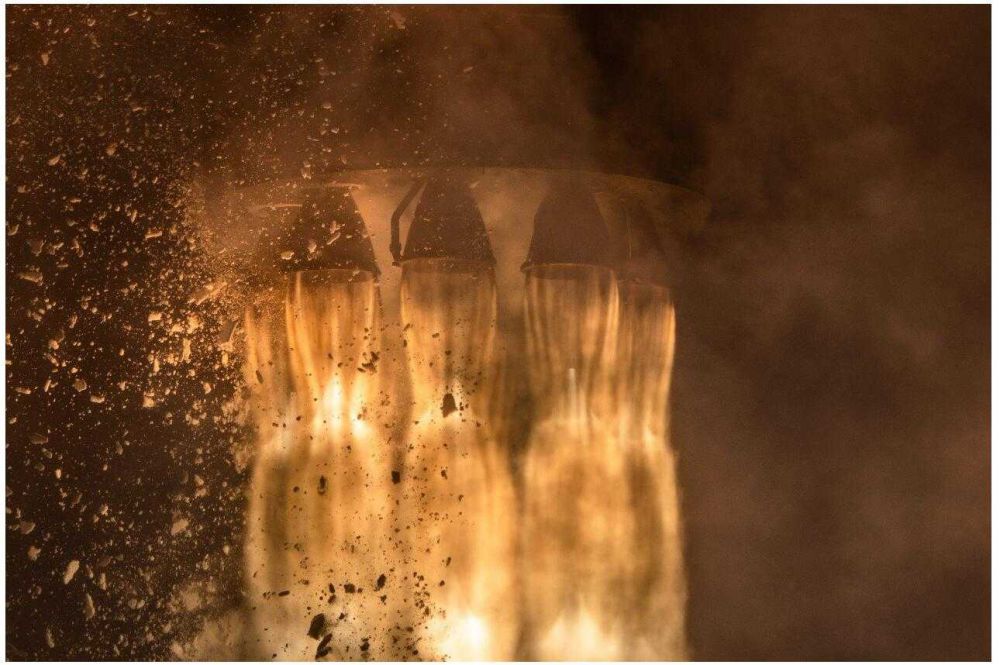
3D printing is penetrating the rocket industry. Space Exploration Technologies, Inc. SpaceX introduced the first 3D printed component main oxidizer valve body in 2014, and Blue Origin also incorporates 3D printing components in its powerful BE-4 engine. But Rocket Lab is undoubtedly one of the most experienced organizations for 3D printed aircraft components.
The lab is currently leading the way with the small satellite-specific launch vehicle Electron. The Rocket Lab has so far successfully launched six rockets, and the Rutherford engines on these rockets are mainly produced using metal 3D printing technology, and even some other components on the rocket are also from 3D printing.

Conventional subtractive manufacturing methods engrave finished products from a single piece of material. 3D printing, also known as additive manufacturing, builds layers layer by layer, which creates conditions for creating lightweight, complex objects with internal structures that are often not otherwise achievable.
The advantage of 3D printing in the rocket field is the ability to combine highly complex components to improve the efficiency, performance and economy of subsystems or advanced components. However, the rocket lab is still the NASA 3D printing rocket engine. NASA chose to cooperate with the Rocket Lab after learning more about the Rutherford engine's 3D printing components and technology. There are a large number of small launch vehicles currently under development, and the small launch vehicle market is expected to have a truly brutal integration. Organizations with 3D printing engine technology like the Rocket Lab will take the lead in this 3D printing space revolution.
Copyright © 2017-2024 Nanjing Wiiking 3D Technology Co., Ltd. All rights reserved. Privacy & Security Policies